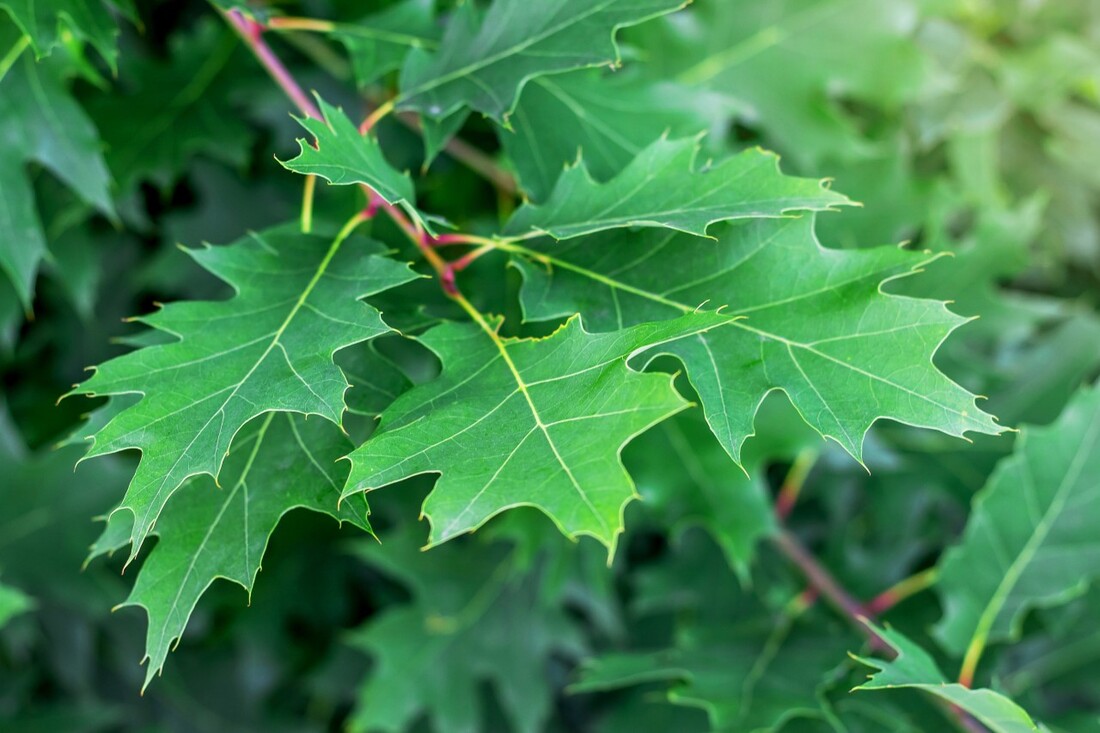Oaks are a popular host plant for many types of hairstreak butterflies, and most of these follow the conventional routine of laying their eggs on twigs, with newly hatched caterpillars consuming the green leaves. The red-banded hairstreak ( https://bugguide.net/node/view/948914/bgimage) however, chooses a more unique approach. Rather than eating fresh new growth, these caterpillars spend much of their lives hiding in the leaf litter below, feasting on dead oak leaves.
The extra-durable leaf litter of oaks is valuable for many reasons. It’s vital habitat for the unseen army of decomposers who are constantly at work recycling the nutrients that plants (and indirectly, animals) need. It acts as a sponge, soaking up rain, improving water infiltration, and purifying it along the way. And recent research indicates that oak leaf litter is particularly effective at fighting the spread of invasive species such as Japanese stiltgrass. All are excellent reasons to ‘leave the leaves’!
Author: Lisa Schneider
Photo: Volodymyr


 RSS Feed
RSS Feed